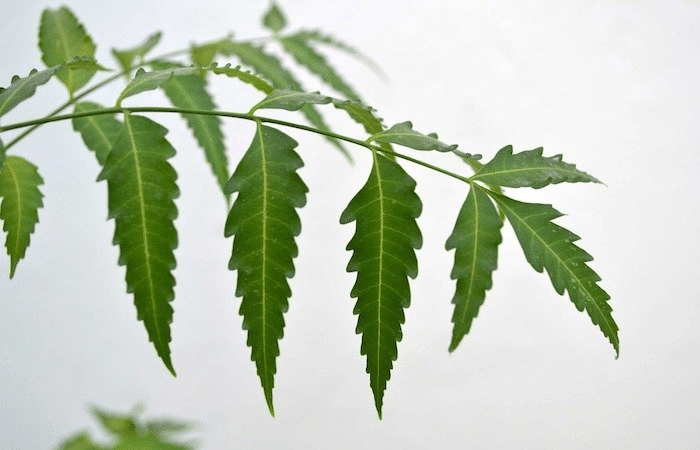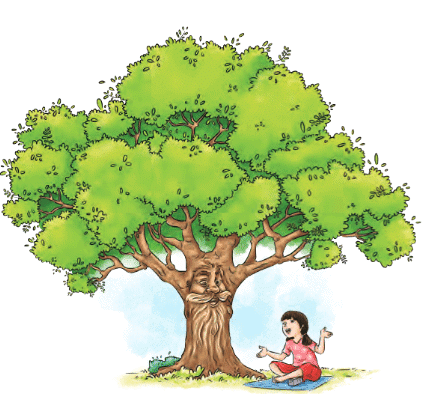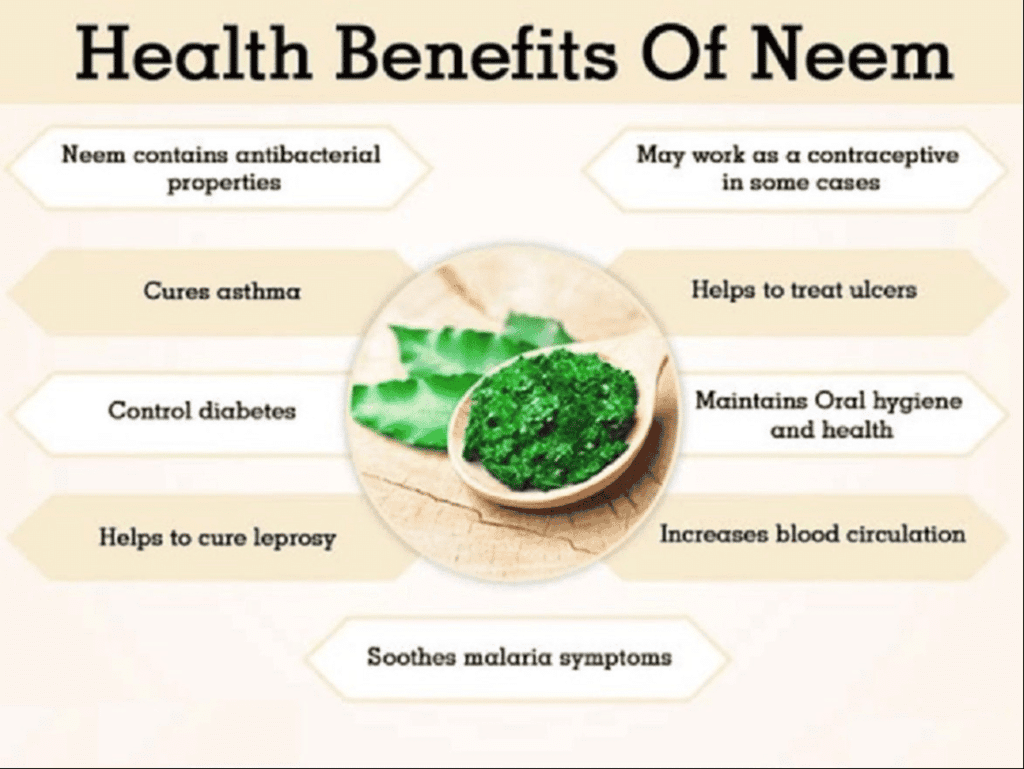Short and Long Question Answers: Neem Baba | English for Class 6 PDF Download
Short Answer Type Questions
Q1: Who is Neem Baba, and why is he significant in the story?
Ans: Neem Baba is the personification of the neem tree in the story. He represents the wisdom and knowledge of the neem tree, which is valued for its medicinal and practical uses. Neem Baba speaks to Amber, the protagonist, and shares his ancient history, uses, and significance. He is a helpful and wise figure who teaches Amber about the many benefits of the neem tree. The story showcases the neem tree’s role in various cultures and its importance in everyday life, especially in India, where it is considered a “magic tree.”
Q2: How did Amber come to know about the neem tree?
Ans: Amber came to know about the neem tree when she sat under its shade in her courtyard and felt that the tree was whispering to her. She spoke to the tree, and Neem Baba, the personification of the tree, responded. Through their conversation, Amber learned about the neem tree’s origins, its uses, and how it was considered a "magic tree" by people for its many health benefits and uses in various aspects of life, including medicine and pest control.
Q3: What are some of the names given to the neem tree?
Ans: The neem tree is known by several names in different languages. Some of its Sanskrit names include Arishta, Nimba, and Nimbaca. The Iranians gave it the name ‘Neem’. In Hindi, it is called Nimb, and it is also known by other names such as Nim, Leemba, Nimori, Nimbamond, Nimbe, and Nimo in different parts of India. These names reflect the widespread presence and significance of the neem tree in various cultures.
Q4: What are some of the uses of the neem tree mentioned by Neem Baba?
Ans: Neem Baba explains that various parts of the neem tree, such as its leaves, bark, flowers, seeds, and roots, are used for medicinal purposes. Neem leaves have chemical properties that destroy germs and are used in treating ailments like measles and eye irritation. Neem bark is used to prepare medicines for coughs, while neem flowers are used to make kajal. Neem is also helpful to farmers, as neem seed powder can be used to protect crops from pests like locusts and termites and prevent mosquito breeding in standing water.
Q5: What did Amber learn about the neem tree’s role in farming?
Ans: Amber learned that neem has several beneficial uses for farmers. Neem seed powder, when mixed with water and sprayed on crops, helps prevent damage from locusts and termites. In rice fields, neem powder helps stop mosquito breeding in stagnant water, promoting better crop yields. Additionally, it is known to protect crops from pests that damage roots, making neem a natural and cost-effective pest control solution for farmers.
Q6: Why are neem leaves used for treating measles, according to Neem Baba?
Ans: Neem Baba explains that neem leaves have chemical properties that destroy germs. When used to treat measles, they help soothe the itching caused by the disease and prevent germs from breeding. Neem leaves are effective because they have antibacterial and anti-inflammatory properties, making them ideal for use in curing skin irritations like measles, which cause itching all over the body.
Q7: What did Amber's grandmother do with neem to treat her family?
Ans: Amber's grandmother used neem to treat various ailments in the family. She used neem bark to prepare a remedy for Amber’s cough, helping her breathe better. For Amber’s father, who had an eye infection, her grandmother used neem flowers to make kajal, which cured his eye irritation. Amber’s experiences show how neem has been used in her family as a natural remedy for common health problems.
Q8: Why does Neem Baba call himself "nature’s gift to man"?
Ans: Neem Baba calls himself "nature’s gift to man" because of the numerous ways the neem tree benefits humans. From its medicinal properties to its use in farming, the neem tree has been an essential part of human life for centuries. It helps with health problems, pest control, and even air purification. The tree’s wide range of uses makes it a precious resource, and its importance is acknowledged across different cultures.
Long Answer Type Questions
Q1: Explain the significance of the neem tree in daily life, as discussed in "Neem Baba".
Ans: The neem tree, as discussed in "Neem Baba", is essential in daily life due to its many uses in health and agriculture. Its medicinal properties are well-known, with neem leaves being used for treating skin diseases like measles by soothing itching and preventing germ spread. Neem bark, flowers, and roots also help treat other ailments like coughs and eye irritation.
Beyond health, neem plays a key role in farming. Neem seed powder is used as a natural pesticide to protect crops from pests like locusts and termites. It also prevents mosquito breeding in rice fields, promoting healthier crops and reducing disease spread.
In daily life, neem is used to protect stored grains from insects, and its oil is used in soaps and toothpaste. Neem wood, resistant to termites, is valuable for making furniture. Neem Baba’s story highlights the tree’s broad value in health, farming, and practical applications, showing it as a true "gift to man."
Q2: How does the story "Neem Baba" help us understand the relationship between nature and human health?
Ans: The story "Neem Baba" highlights the strong connection between nature and human health through the medicinal uses of the neem tree. Neem Baba explains how parts of the tree, such as its leaves, bark, and flowers, treat illnesses and promote well-being. This shows how nature provides resources that have been used for centuries to maintain health.
Neem leaves are particularly important for treating ailments like measles, skin itching, and eye irritation due to their antibacterial and antifungal properties. This demonstrates how natural remedies can be effective and chemical-free.
The story also emphasizes the role of neem in farming, where it helps with pest control and improves crop yield. Additionally, neem is used in everyday life to protect stored grains and purify the air. "Neem Baba" teaches us that nature’s resources, like neem, play a crucial role in both health and the environment, encouraging us to value and protect nature.
|
6 videos|154 docs|24 tests
|
FAQs on Short and Long Question Answers: Neem Baba - English for Class 6
| 1. What is the main theme of the article "Neem Baba"? |  |
| 2. How does the article describe the benefits of neem leaves? |  |
| 3. What cultural significance does the neem tree hold in Indian traditions according to the article? |  |
| 4. Are there any environmental benefits mentioned in the article regarding the neem tree? |  |
| 5. How can one incorporate neem into their daily life as suggested in the article? |  |






















